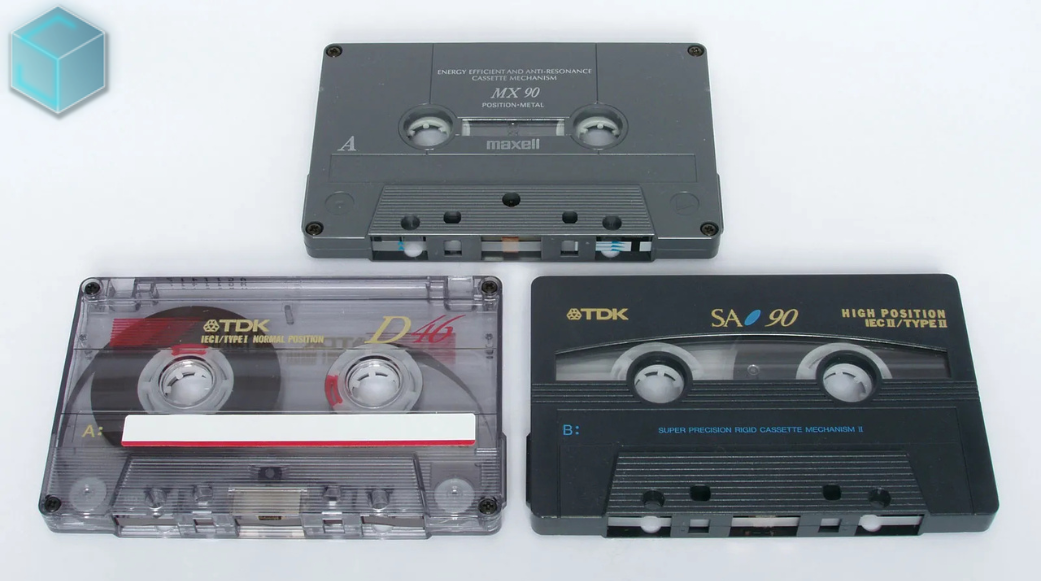
October 23, 2025
Discover how Mix Master strengthens your brain just like an instrument - training focus, creativity, and emotional intelligence through the science of sound.
Read more.png)
September 8, 2025
Tools like Suno are now powerful enough to generate melodies, lyrics, and even full songs in seconds. That’s exciting—and controversial. Just ask Timbaland. Recently, he came under fire..
Read more
August 23, 2025
The 1980s and 1990s analog music medium known as cassette cassettes is experiencing an unanticipated comeback, with Gen Z spearheading the trend. Taylor Swift, who included cassettes in the release...
Read more
August 23, 2025
This week's most notable headline: Doja Cat's erotically charged, '80s-inspired music video, "Jealous Type," is dominating social media feeds and cultural discourse, marking her most daring...
Read more
August 23, 2025
J-hope and GloRilla's "Killin' It Girl," a spectacular blend of K-pop flare and shameless hip-hop heat that has taken the world by storm, is this week's winner of the Best Collaboration of Summer...
Read more
August 23, 2025
Carly Rae Jepsen is giving fans the ultimate gift for the 10th anniversary of her critically adored album Emotion: a special edition featuring four never-before-heard tracks and two fresh remixes...
Read more
August 23, 2025
The wait is over, ARMY! BTS is officially back together and balancing work and play in their first moments of reunion after completing mandatory military service. J-Hope sent fans into a frenzy...
Read more
August 23, 2025
Christian music stepped outside of its quiet comfort zone in 2025. "Hard Fought Hallelujah," a worship song by Brandon Lake, went platinum, sold out festival stages, and exploded from churches to...
Read more
August 23, 2025
In late July 2025, Christian artist Forrest Frank (of Surfaces, now a solo juggernaut in faith-pop) posted from a hospital bed: he’d fractured his L3 and L4 vertebrae in a skateboarding accident...
Read more
August 21, 2025
On September 16, the masked metal phenomenon Sleep Token will embark on their 2025 "Even In Arcadia Tour" across North America. The 18-show tour, which includes a huge date at Brooklyn's Barclays...
Read more
August 21, 2025
Due to a line dance that went viral and won over fans' hearts both inside and outside of the United States, 22-year-old Tre Little's song "Boots on the Ground" has become a cultural sensation this...
Read more
August 21, 2025
In addition to preparing for her next album, The Life of a Showgirl, Taylor Swift is reviving the physical medium this week by putting her songs on cassette tapes. This sentimental action...
Read more.png)
Drum sounds form the backbone of many music genres, and while sample packs are popular, designing your own drum sounds from scratch can elevate your production to a whole new level. Crafting custom drum sounds allows you to create unique rhythms that fit your track perfectly. In this article, we’ll explore how to design killer drum sounds using synthesizers, focusing on essential techniques, settings, and tools.
Drum sound design typically revolves around shaping specific elements of sound—kick, snare, and hi-hats—by tweaking key parameters such as oscillators, envelopes, and filters. Synthesizers like Serum, Massive, and Sylenth1 are popular choices for creating drum sounds from scratch, but the principles apply to almost any subtractive synth.
Layering is crucial for designing powerful drum sounds. Combining different synthesizers or adding additional layers for punch and body can give depth to your drums. For instance, layering a kick drum with a low sine wave can boost its sub-bass presence.
Additionally, processing with effects like EQ, compression, and distortion helps refine the sound. Saturation or distortion can give your kick drum more presence, while transient shapers can control the snap of snares and hi-hats.
Example: Flume, the Australian producer, is known for crafting unique, otherworldly drum sounds using synthesizers. His use of synthesis combined with innovative layering and processing techniques has made his tracks stand out in the electronic music scene.
Automation and modulation are key to adding movement and dynamics to your drum sounds. Modulate parameters like filter cutoff, pitch, or amplitude envelope over time to create variations that make your drum patterns more engaging. Automating the release or decay of a snare sound can create interesting dynamics in a track.
Many producers turn to real-world sounds for inspiration when creating their own drum sounds. By analyzing the frequency characteristics of real drums, you can better replicate or enhance them using synthesizers. Additionally, layering real drum samples with synthetic ones can create a hybrid, modern sound.
Example: Aphex Twin is a master of sound design, often using complex synthesis techniques to create drum sounds that are entirely unique. His ability to deconstruct real-world drum sounds and rebuild them using synthesizers has made his music timeless.
The beauty of drum sound design is that there are no hard and fast rules. Experimentation is key. Whether it's playing with unexpected oscillator waveforms, adding unconventional effects, or modulating parameters in ways that defy norms, the best drum sounds often come from pushing boundaries.
Crafting drum sounds from scratch using synthesizers is an art that adds originality and character to your music. By understanding the basics of drum synthesis, utilizing layers and effects, and experimenting with modulation, you can create custom drum sounds that make your tracks stand out. Remember to keep experimenting and find inspiration from artists like Flume and Aphex Twin, who have used synthesis to revolutionize drum sound design in their music.